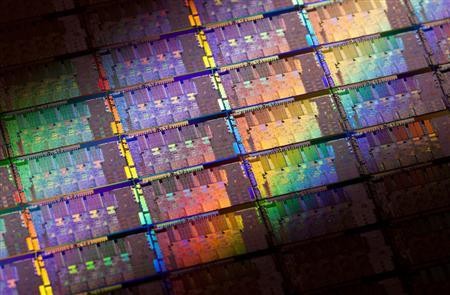Light bending might finally pave the way for ultra-fast computing as researchers have developed a honeycomb-like device that allows scientists to manipulate light better.
Researchers from the University of Central Florida and the University of Texas El Paso came up with a more efficient way to transfer data quickly on today's electronic circuit boards via light bending.
Published in the Optics Express journal, the study shows the effectiveness of transmitting information on light beams instead of the traditional electronic signals, according to Phys.Org
However, the challenge lies on manipulating light beams without losing its quality. Computer and microchip makers are now gaining interest in utilizing light for faster data speeds.
"One of challenges when using light is figuring out a way to make tight bends so we can replace the metal wiring more effectively," said electrical and computer engineering professor Raymond Rumpf from UTEP.
UCF associate professor of chemistry Stephen Kuebler said that "direct laser writing" might be the answer to next-gen ultra-fast computing devices.
Kuebler and his team of students used the nanoscale 3D printing method to produce miniature honeycomb-like lattices where light bending can occur without losing quality.
The researchers are continually working on perfecting the light bending device to achieve tighter turns, which could lead to smaller-sized supercomputing devices, according to UPI.
Once researchers find a way to compress the light bending device more, the technology can then be applied to smartphones and other similar gadgets that may benefit from faster data computing speeds.
However, Rumpf expects the technology to be first utilized on super computers before being developed on consumer grade electronic products such as laptops.


